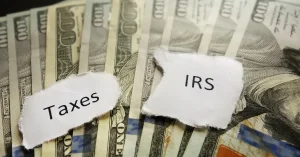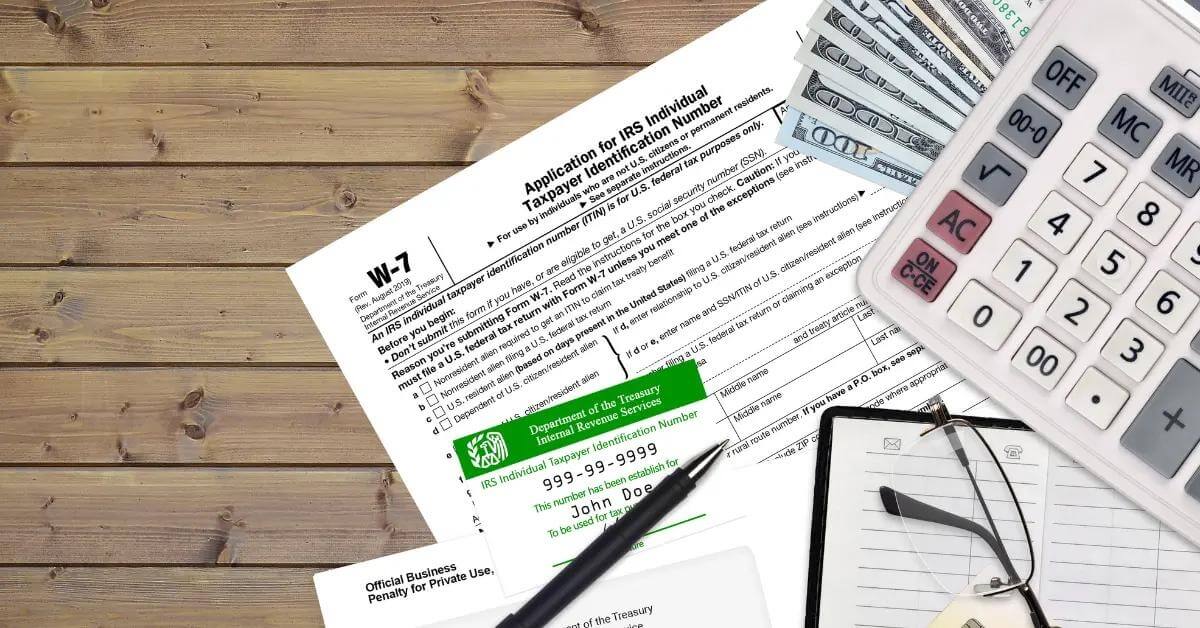Many taxpayers were uncertain after reviewing Tax Cuts and Jobs Acts section 199A awhile back. 199A states a deduction equal to 20 percent can be taken by a qualified business’ income if it’s operated directly by a taxpayer or through a pass-through entity. There were countless emails, phone calls and journalism opinion pieces about the 199A confusion.
In response, the IRS spent about a year figuring out how best to qualify and quantify the new tax section. On September 24, 2019, the IRS released a limited but finalized Safe Harbor Act. If you’re a direct or indirect owner in rental real estate enterprises (RREE), you need to read on and learn how IRS Rev. Proc. 2019-38 issued on September 24, 2019 applies to you.
The Safe Harbor Act now classifies IRS rental real estate as a trade under the qualified business income deduction. The IRS intended to clarify, so if any changes impacted you or the real estate market you would know and get the tax advice you need. The changes did create new tax requirements for some real estate enterprises.
Some of these changes require astute navigation to determine the best way forward. You may find you no longer qualify for the same taxpayer breaks you once did as a direct or indirect owner in rental real estate enterprises. The Safe Harbor Act and how those changes impact the RREE market is listed below.

IRS Rev. Proc. 2019-38
Even the IRS isn’t sure there won’t be even more changes and guidance given on IRS Rev. Proc. 2019-38. But they spent the better part of a year getting it to where it is now. It’s important to know how the changes impact the RREE market. RREE is now treated as a trade under the qualified business income deduction.
There are tried and true IRS tax deductions, breaks, and benefits under the IRS 2019 tax changes. But IRS Rev. Proc. 2019-38 is in addition to some of the other tax changes which occured in 2017-18. Now it’s important to see if there are any feasible options and a new way forward on taxes if you don’t qualify due to the Safe Harbor Act requirements.
Eligibility for IRS Rev. Proc. 2019-38 Safe Harbor
To be eligible for the 20% qualified business income deduction (QBID) your rental real estate enterprise needs to meet certain requirements. One of the key requirements is each RREE needs separate books and records.
Requirements for Deductions in Rental Real Estate Enterprises (RREE)
In addition to each RREE needing separate books and records, you must perform 250 plus hours of rental services each year. Some of these rental service hours change the RREE market significantly. If your rental enterprise has been in existence for more than four years, you must meet the 250 plus hours condition in three of the five years ending with the tax year.
Also, the 250 hours of rental service can be done by the owners, employees, agents, or contractors. The good news is the RREE can be multiple properties if they’re in the same category. For instance, if one owns multiple residential houses that would be one RREE as all the houses are residential.
Or if one owned multiple commercial properties, that would be one RREE as well. Something important to note is you CAN’T mix and match your residential and commercial rentals under one RREE.

IRS Rental Real Estate Requirements
The IRS has provided a list of what they consider acceptable rental service, which meets requirements. This non-exhaustive list includes:
- Collection of all rents
- Day-to-day operations including maintenance activities
- Background checks for verifying tenant applications
- Lease negotiations and executions
- Purchasing any materials needed for rental properties
- Advertising costs rental properties
- Supervision of employees and contractors
It’s as important to understand what’s not included, as much as what’s included. Unacceptable rental services that don’t meet requirements include any time you spend going to and from your real estate properties. It also won’t include your financial or investment management services or even the time you spend arranging any financing.
It also doesn’t meet requirements if you want to use the time you spend reviewing financial statements or procuring property. Most of all, it won’t include any planning, managing, or construction for long-term capital improvements to an RREE.
Safe Harbor Additional Changes to Market
RREE is clearly defined by the IRS under section 199A. There are additional safe harbor requirements which begin in 2020.
1. Contemporaneous Records
The taxpayer or rental property enterprise must maintain contemporaneous records. These records include time reports and logs which list the hours and description of all rental services performed. The reports much also need to include the dates the services were performed and who performed the services.
If the performance of rental services was done by employees or contractors a description of the service with the time spent and the wage paid to the employee or contractor. Anytime the IRS requests to see the record; it must be made available to them.
2. A Return with Attached Statement
If the taxpayer or rental property enterprise attaches a statement to a tax return (original or amended), it must be for one RREE for each taxable year in which the taxpayer relies on safe harbor. If there is more than one RREE under the same grouping (i.e. all residential properties), a single statement may be submitted. However, the single statement must include the required information per RREE in the following:
- Address and rental category with a description of all properties per RREE
- Also, a list of all the RREE acquired and sold during the tax year
There also needs to be a representation that the taxpayer has met the requirements of the Safe Harbor Act, Rev. Proc. 2019-38.
Final Thoughts About Safe Harbor Act
If a taxpayer or RREE owner files taxes under the Safe Harbor Act, the requirements need to be satisfied. But there is a safe outlet if you don’t qualify but want to benefit from the 20% deduction. You can explore different options, such as seeing if the self-rental rule applies.
Self-rental rules apply if the tenant is commonly owned and generates a QBI. Another option maybe if the rental rises to the level of a business based on the number of properties rented or if any ancillary services are provided. Some other options are if the terms of the lease are short-term vs. long-term.
There’s no doubt the Safe Harbor Act brings some significant complexity in IRS rental real estate enterprises. Decisions need to be made about separate enterprises or the proof provisions in meeting the requirements of RREEs. There’s a place you can start weighing your RREE tax options.
Don’t let the future give you new tax burdens you don’t want. Get the RREE future you deserve under the Safe Harbor Act. The Safe Harbor Act is meant to be there for you, so let us be there for you too.








